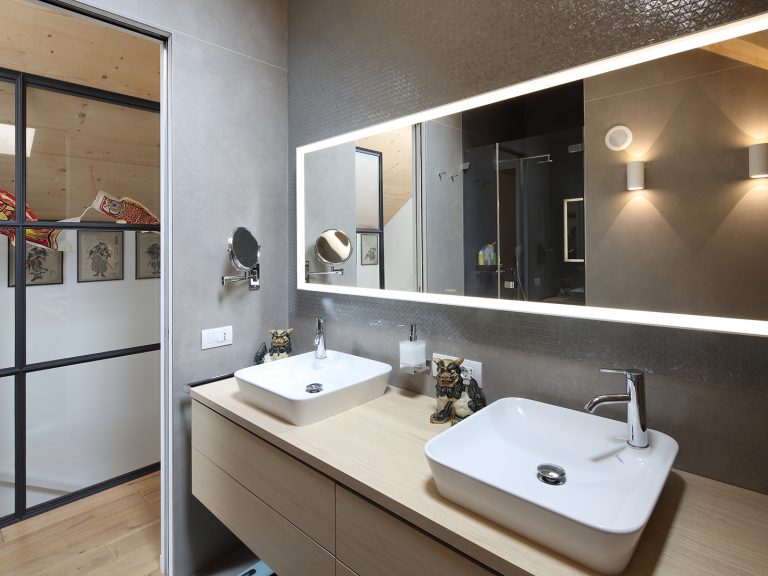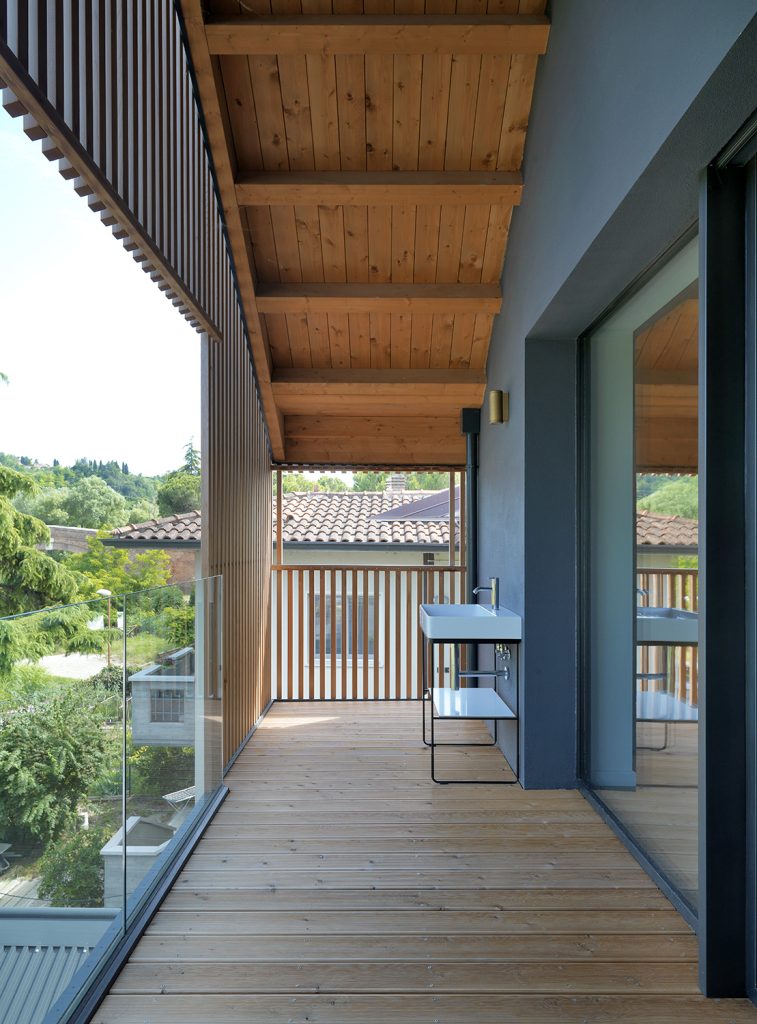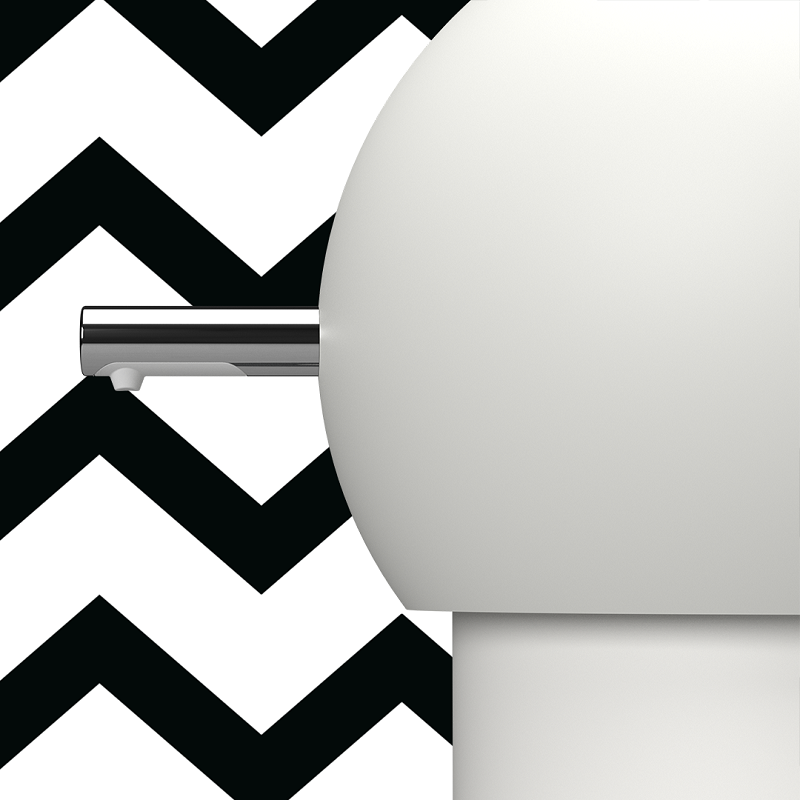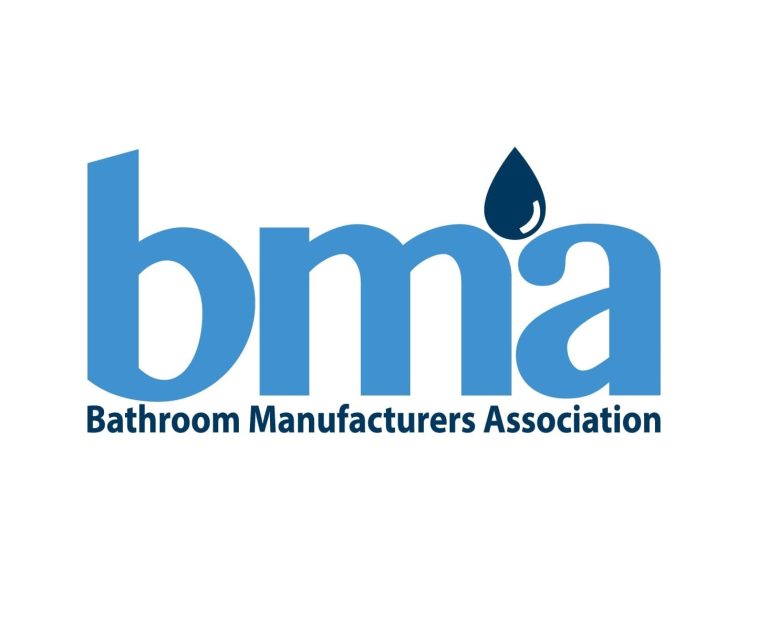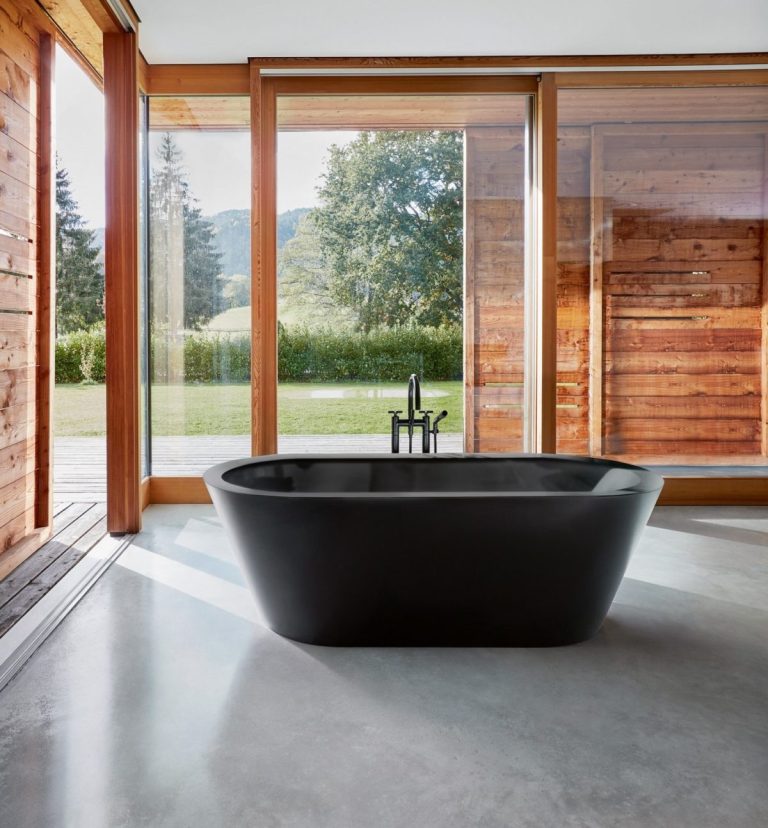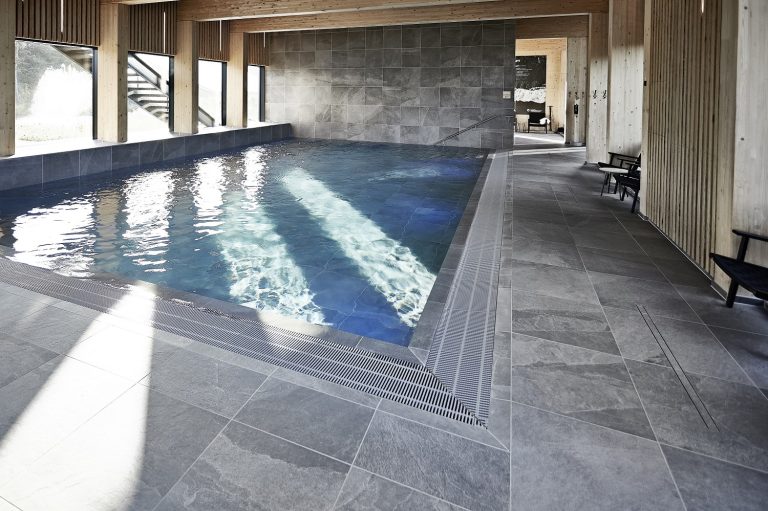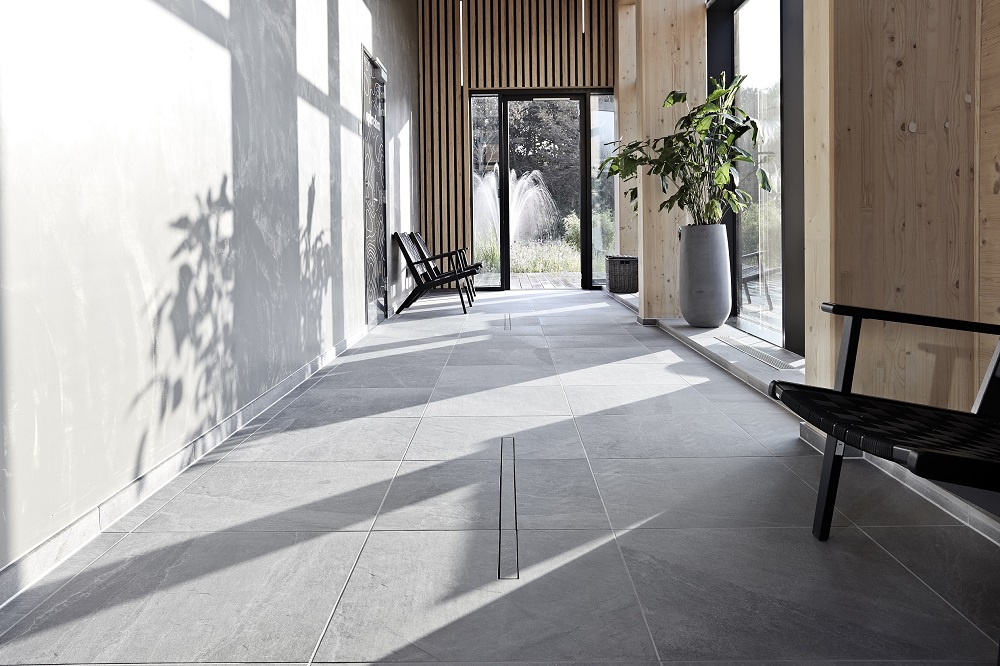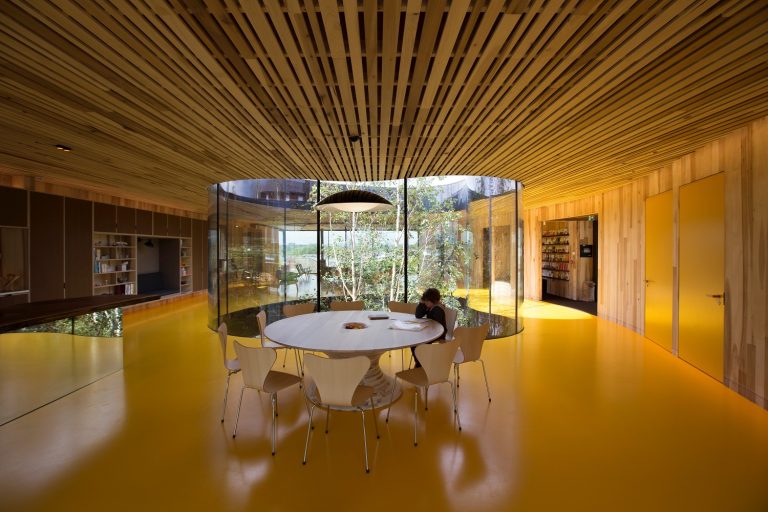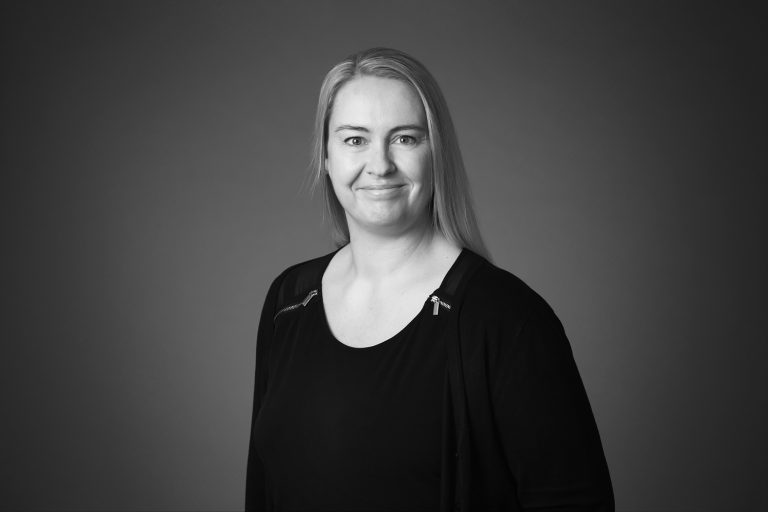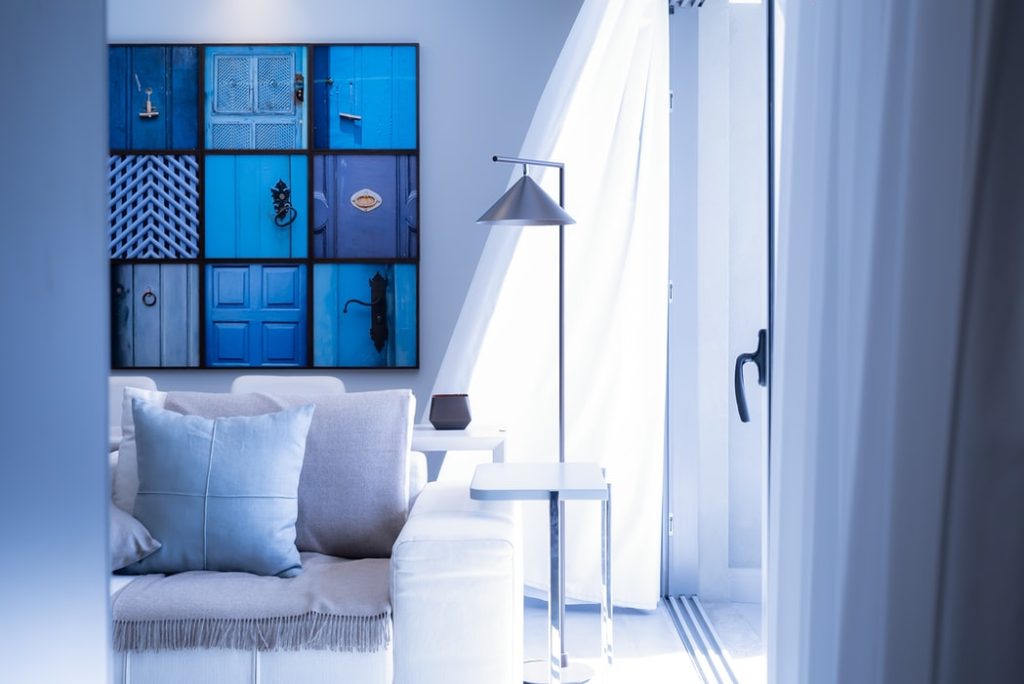The Casa/Studio Passive House by Margherita Potente und Stefano Piraccini is situated in the Italian city of Cesena and claims to be the first of its kind anywhere in the world. An international jury has awarded PIRACCINI+POTENTE SUSTAINABLE ARCHITECTURE for this project with a The Plan Award 2020 in the category “Home Efficiency & Technology”.
“Passive House” is the name given to buildings that significantly reduce ventilation-induced heat losses and do not require a conventional heating system.
Energy-efficient buildings of this type are certified by the Passivhaus Institute Darmstadt – an internationally renowned institute for the research and development of building concepts, building components and planning tools. Certification is awarded when specific requirements regarding architecture, technology and ecology are satisfied.
The project demonstrates that the energy performance of a Passive House can be achieved not only in new, insulated buildings but also in conversions and renovation projects. Using the Passive House guidelines, buildings in need of renovation are upgraded and made more energy-efficient and earthquake-proof.
The building features a mix of building elements – wood (laminated and XLAM), steel, reinforced concrete masonry, and armed concrete. Attention was paid to the natural properties of each material to ensure optimum interaction between them. This enabled the building’s construction costs to be kept at a market-compatible level without neglecting qualitative aspects.
Most of the heating needs are drawn from passive sources such as solar radiation and the heat given off by people and technical devices. The Casa/Studio Passive House is not connected to the gas network and simply has a mechanically controlled ventilation system, which enables clean and filtered air fed in from outside to be enriched with heat from the extracted used air. By foregoing any combustible energy sources, the building does not contribute any emissions to the atmosphere.
This extraordinary building includes, amongst other things, the Duravit lines ME by Starck, Starck 1, LCube, Happy D.2, Luv, and Sensowash® Slim. A highlight is the DuraSquare washbasin with metal console in Black Matt, which stands out with its clear, pared-down design. For Stefano Piraccini it is not just an architects’ studio, but also his home. The architect had the washbasin installed on the bedroom terrace so he can enjoy the view of the Savio river during his morning routine.


